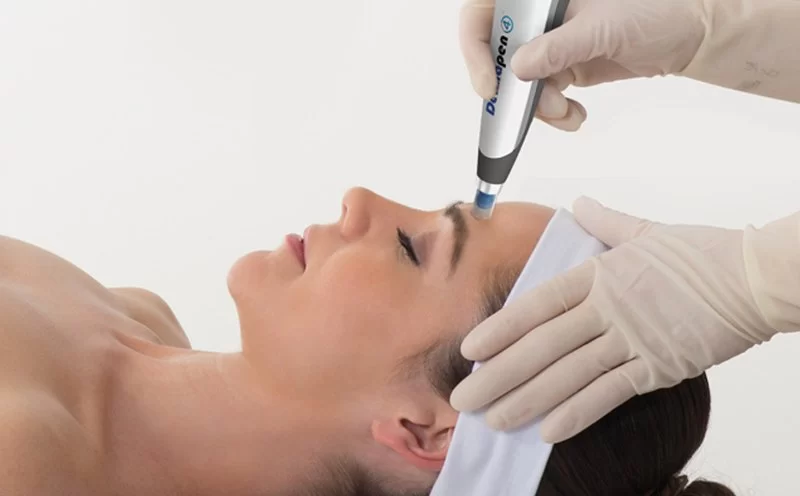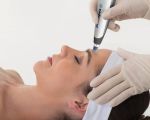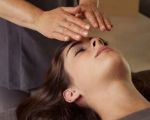
- best-spa-treatments-for-scar-healing-an-overview
- understanding-how-scar-treatments-work-at-the-skin-level
- top-recommended-spa-treatments-for-scar-healing
- real-client-experiences-with-scar-healing-treatments
- how-to-choose-the-right-treatment-for-your-scar-type
- expert-support-available-at-spa
1. Best Spa Treatments for Scar Healing: An Overview
Scars tell a story—of healing, resilience, or even survival. But when they linger on the skin longer than welcome, many people begin seeking out effective, non-invasive ways to help fade or improve their appearance. Among these options, the best spa treatments for scar healing have gained attention for their gentle, yet powerful ability to support the body’s natural regeneration process.
From acne scars to post-surgical marks, spas now offer more than relaxation. They provide scientifically-backed therapies designed to target scar tissue, smooth skin tone, and promote collagen renewal. And perhaps best of all, they offer a serene environment where healing feels less clinical and more human.
2. Understanding How Scar Treatments Work at the Skin Level
2.1. The Biology of a Scar
A scar forms when the skin repairs itself after injury. However, the collagen laid down during healing is usually disorganized, leading to thick or discolored tissue. Treatments that target scar healing focus on stimulating fresh collagen production and breaking down the tough fibers in existing scar tissue.
2.2. Healing Phases and Spa Intervention Timing
Timing matters. The earlier a treatment begins (once the wound has closed), the more effective it tends to be. However, many spa therapies can still offer visible improvement to old scars by encouraging cell turnover and restoring elasticity.
3. Top Recommended Spa Treatments for Scar Healing
3.1. Microneedling Therapy
Microneedling uses tiny needles to create controlled micro-injuries in the skin. This stimulates natural healing responses, boosting collagen and elastin while gradually reducing scar depth and pigmentation. It’s a favorite for acne scars and stretch marks alike, often paired with hyaluronic acid or vitamin C infusions.
3.2. Chemical Peels
For superficial scars, especially those related to acne, chemical peels offer a smoother texture and lighter tone. Glycolic, lactic, or TCA peels remove the outer layer of skin to promote new, healthier skin growth. Sessions are often spaced a few weeks apart and tailored based on skin sensitivity.
3.3. LED Light Therapy
Non-invasive and relaxing, red and blue LED light treatments help reduce inflammation and stimulate deeper skin repair. This therapy is especially helpful for post-inflammatory hyperpigmentation, commonly seen in darker skin tones.
3.4. Microdermabrasion
This exfoliating treatment uses a fine crystal spray to remove dead skin cells and promote regeneration. While it works best on surface-level scars, it can be an excellent entry-level option for those hesitant to try more intense methods.
3.5. Collagen Induction Facials
These facials combine massage, hydrating serums, and tools like radiofrequency or ultrasound to boost skin recovery. While less aggressive than microneedling, they’re perfect for people with sensitive skin or early-stage scars.
4. Real Client Experiences with Scar Healing Treatments
4.1. Sofia’s Story – Acne Scars and Confidence Regained
Sofia, a 29-year-old teacher, had struggled with deep acne scars since college. After trying microneedling combined with LED light therapy at her local spa, she noticed a visible change within three sessions. “It wasn’t overnight,” she admits, “but I finally felt comfortable going makeup-free at the beach last summer.”
4.2. James’ Recovery from Surgery
James had a long scar from knee surgery that darkened over time. His spa therapist recommended monthly microdermabrasion paired with vitamin E massage therapy. Within five months, the scar had lightened significantly, and the texture smoothed out. “It’s no longer the first thing people see,” he says.
5. How to Choose the Right Treatment for Your Scar Type
5.1. Match Your Treatment to the Scar’s Age and Depth
Not all scars respond to the same techniques. Fresh, red scars respond well to LED and hydration therapies, while older, raised scars benefit more from microneedling or peels. Consulting a qualified spa specialist ensures a personalized approach that aligns with your skin’s needs.
5.2. Consider Skin Tone and Sensitivity
Darker skin tones require careful handling, as some treatments may cause pigmentation shifts. That’s why it's important to choose spas familiar with diverse skin types and who offer patch testing or gradual treatment plans.
5.3. Frequency and Aftercare Are Key
Even the best spa treatments for scar healing won’t work in isolation. Consistency is critical. Equally important is post-treatment care—such as sun protection and hydrating serums—that supports continued improvement at home.
6. Expert Support Available at Spa
Navigating scar recovery can be emotional as well as physical. That’s why professional guidance makes such a difference. At Spa, our certified specialists offer targeted treatments based on scar type, skin tone, and personal goals. We use clinically approved technologies and tailor each plan to restore not just your skin—but your confidence.
If you're ready to take the next step in healing or just curious about what’s possible, our experienced team at Spa can guide you. From consultation to customized care, we make healing your skin feel like self-care, not just skincare.








